Following its post-Neymar reinvention, F.C. Barcelona is again on the verge of undergoing some re-settings to lift up back to their level, now in this post-Iniesta era ahead. The shift from the decade-old 4-3-3 to a strange 4-4-2 by Valverde last season improved the La Liga leaders a lot defensively after the departure of Neymar to PSG. But the Barca boss is now dedicated to restoring the tiki-taka friendly 4-3-3 set up this season. After all, 4-3-3 is what defines them better; 4-4-2 was just the need of the time. Though things would not be the same with no Iniesta who provided the key attacking balance to Barcelona in different phases and with no Neymar who was a key component of Barcelona’s MSN ready to do wonders from the top left of the pitch. To fill up these empty spots with new signings is to pave the way for the evolution of Barca’s restored 4-3-3 set up in this post-Iniesta, post-Neymar era. Let’s get into the details of how Barcelona can evolve this season with the likes of Arthur Melo, Malcom, and Philippe Coutinho.
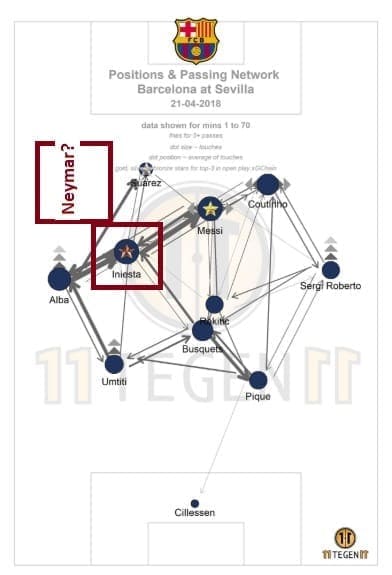
Young vs Experienced midfield
Restoring the 4-3-3 with Busquets, and possibly Rakitic, already there would keep the base of Barcelona’s midfield unchanged. But the replacement options of Iniesta will bring a young dimension to the squad depth and the club’s otherwise ageing midfield. The most favourite midfielder to join Busquets, and possibly Rakitic, in Barcelona’s 3-man midfield, is Arthur Melo – the former Gremio man. The 21-year-old only had 7 appearances in his last country’s league but his strong passing skills (94.8 per cent success rate) would be a very fair addition to Barcelona squad. That’s one trigger to explain how Barcelona can evolve in the new season. Barcelona would lack the experience of Iniesta but young and energetic Arthur possesses enough to overcome this deficiency and is likely to add aggressiveness to Barcelona’s offence.
Defensive vs Offensive midfield
Iniesta was the main element of Barcelona’s attacking midfield. His passing, ball-holding, and playmaking ability and dribble-cuts in the defence have created many chances for his team. His possible replacement, Arthur, is no less equipped. But the difference is that the Brazilian is more of a central defensive midfielder. Secondly, he has operated from the centre most of the midfield mostly in his own half. On the other hand, Iniesta was more of an attacking midfielder operating from the half spaces in opponent half. The defensive nature of Arthur in the central midfield along with the two other defensive midfielders – Busquets and Rakitic – will strengthen Barcelona midfield defensively, thus freeing up the front line to execute attacks. And that’s how Barcelona can evolve its 4-3-3 shape with the addition of depth and defensive elements in the midfield.
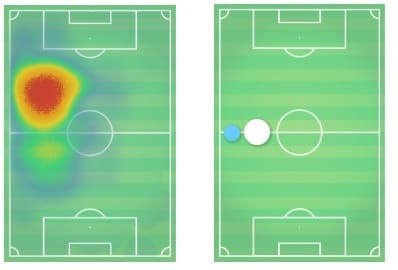
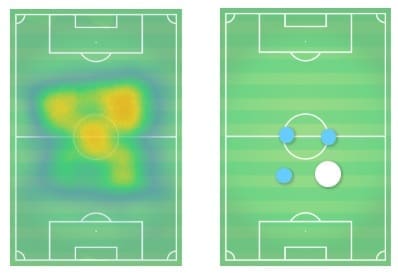
However, the lack of a pure attacking midfielder may be uncanny to Barca’s offensive 4-3-3 formation. This set up requires a powerful attacking midfielder to keep up the intense passing game in the final third of the pitch. Fortunately, Arthur is learning to enhance his presence in the opponent zone. Over time, Arthur with his physicality and passing talent can become a decent connection between Barcelona’s midfield and attack, the kind Valverde wants. After all, if we look back in time, Iniesta also started as a defensive midfielder while ending up as one of the most successful attacking midfielders of history. It may be exaggerating and too early to expect the same from the Gremio kid but it’s fair to expect his attacking talent to grow on Blaugrana’s platform. This would be another account to explain how Barcelona can evolve this season and in the seasons ahead.
Multi-dimensional vs Uni-dimensional front line
With Neymar gone, the top left area of the final third went underutilised, which the Brazilian forward dominated well during his time at Barca. Due to him, Barcelona was able to access more of the flanks and his tactical offensive moves at the left flank enabled his team to keep the front line – MSN trio – multi-dimensional.
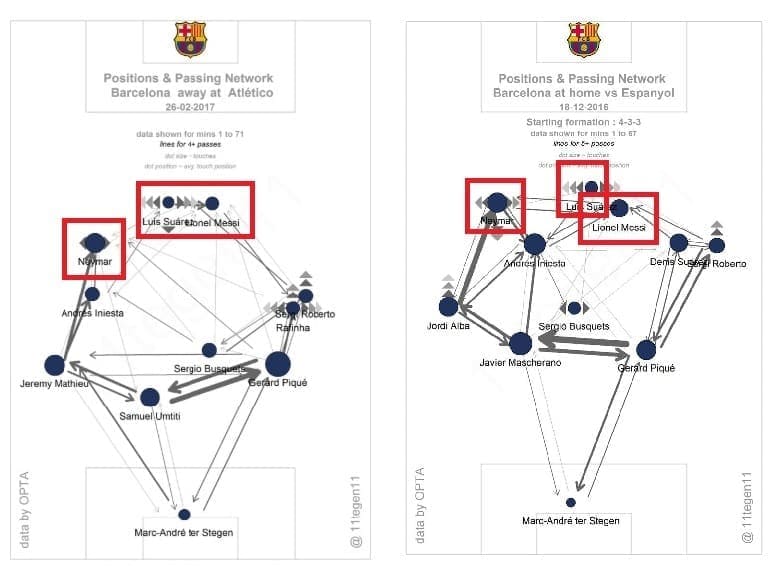
But after his departure to PSG, Valverde shifted to 4-4-2 which is naturally uni-dimensional from the attacking front due to spatially close coordination of the two forwards, unlike 4-3-3 which is naturally multi-dimensional due to the extended presence of the wingers. The shifting to 4-4-2 reduced Barcelona’s access not only to the left wing but to the final third as well with the play beginning to compress around Messi towards the same plane. Even when Barca played some of their fixtures 4-3-3 after Neymar, they didn’t get as better on the wings in terms of degree of accessibility as they were with Neymar, even though the front line became multi-dimensional.
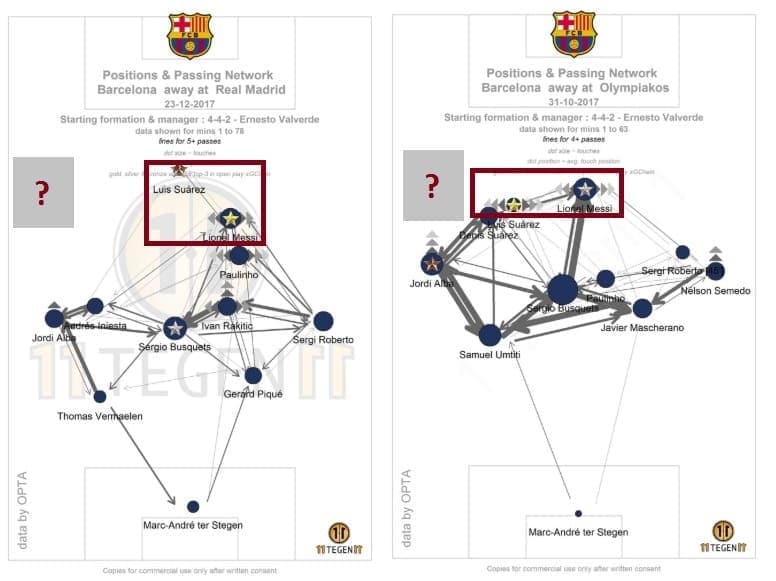
Restoring to 4-3-3 for the next season should allow Valverde to deploy the top left position of the attacking third. Although this will tackle the accessibility issue to some extent, it doesn’t guarantee full access like the one Neymar provided and thus can still restrict Barcelona’s attack tactically. Now how Barcelona can evolve with its restored 4-3-3 depends on who is assigned the role or the region left by Neymar to make Barca’s front line multi-dimensional again.
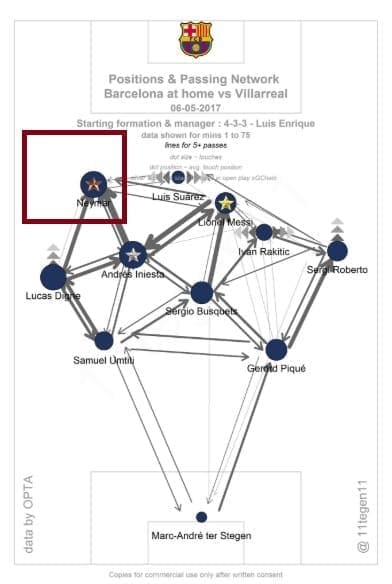
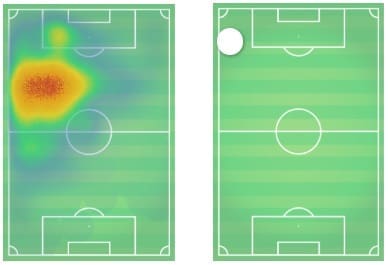
The most prospectus addition to the front line is Malcom from Bordeaux to join Messi and Suarez. His primary position is right wing, same as Messi’s, and being a left-footer, he tends to cut into the deeper planes and half spaces. But the young Brazilian can be deployed at the left wing, which is his secondary position and can give Barcelona more access to the wing by going up to the width and play in crosses from there.
Another winger who would extend Barcelona’s attack in multiple dimensions is Coutinho. He can also expand the overall offensive shape of Barcelona by giving more access to the extreme, touchline width and by allowing retention of play into the final third. In fact, if Valverde is into ‘reviving’ the top left wing tactically, Coutinho is a very decent choice. Thus, how Barcelona can evolve its 3-man front line depends on who gets deployed on the wings accordingly.
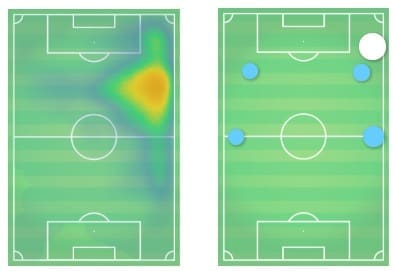
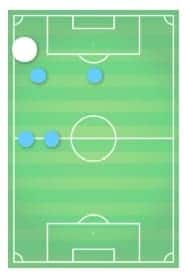
With this, we can expect the Barcelona front line to revert back to its multi-dimensional nature but the allotment of the attacking wings will define how Barcelona can evolve tactically in the new set up.
Conclusion
Valverde is all up to re-adopt the tiki-taka style 4-3-3 formation for Barcelona. However, resorting to 4-3-3 is not evolution but embracing the style of new midfield and frontline figures to replace Iniesta and Neymar is main decisive of how Barcelona can evolve in the next season and prepare themselves against strong Spanish and European opponents.





Comments